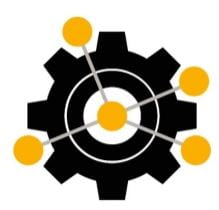By: Keaton Fletcher
Our very own advisory council member, Dr. Deborah E. Rupp recently published two papers on related topics: corporate social responsibility and organizational justice.
In collaboration with Omer Farooq and Mariam Farooq, Rupp tackles the issue of corporate social responsibility (CSR). CSR is the notion that an organization has a moral obligation to provide benefits and positive outcomes to society. In other words, CSR is essentially like altruism for companies. The authors argue that CSR can be directed internally, with employees as the primary beneficiaries, or externally with the outside community being the primary beneficiaries. Farooq, Rupp, and Farooq found that, in general, companies that engage in CSR directed externally increase their prestige and companies that engage in CSR internally increase their respect from employees. Both prestige and respect increase the degree to which employees identify with their organization. In other words, if your company gives back to the community and to its employees, you are more likely to respect the leadership and believe that other people think highly of your company. So, when you think of yourself, your role as an employee of that company will be one of the main ways you identify yourself. If you are more of a collectivistic person (i.e., you value community, social harmony, and the in-group), external CSR may be more important to you. If you are someone who looks toward a variety of people in the community outside your organization for recognition and feedback, you will also value external CSR more than internal CSR.
Rupp also led a research team’s review of the concept of organizational justice. In addition to reviewing different types of organizational justice (i.e., distributive, procedural, interactional justice ), Rupp and colleagues argued that our modern understanding of organizational justice may be missing the point. Most of our current work is limited to the popular conceptualization of organizational justice and perceived fairness, which misses out on large aspects of the original definition of these topics. We also are basing our measures and understanding of organizational justice on an understanding of work that has been around for at least a hundred years, which may not be the best representation of the construct in the modern workforce where gig work, globalization, and automation are common.






